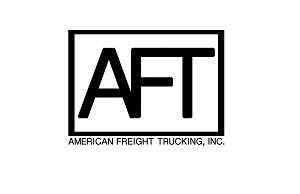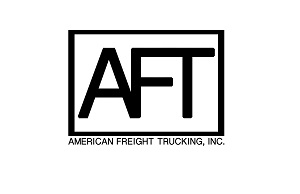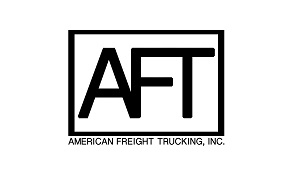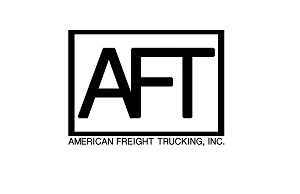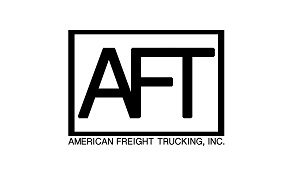<img width="150" src="http://www.automotive-fleet.com/fc_images/news/m-dieseljuly11-1.jpg" border="0" alt="
Source: EIA
" >
Source: EIA
" width="250" height="338">The average price of diesel fuel dropped by nearly 1 cent last week, the fourth straight week of small price decreases, according to the latest numbers from the Energy Department.
The price of on-highway diesel fuel in the U.S. dropped by 0.9 cents for the week, settling at $2.414 per gallon. The price is 40 cents cheaper than it was for the same week a year ago.
The largest average price decrease by region was in the Gulf Coast region, which saw prices drop by 2.1 cents per gallon last week. In the Rocky Mountain region, the average price actually increased slightly, moving up 0.9 cents.
The price of regular gasoline dropped again last week, falling 3.8 cents to $2.253 per gallon. The price is 58.1 cents cheaper than it was for the same week of 2015. The largest decrease in prices was in the Midwest region, where gas prices fell by 5.3 cents. The smallest decrease in prices was in the Rocky Mountain region at 1.7 cents.
Crude oil prices were down to start the week on July 11, on the back of recent reports that large oil producing countries had actually increased production last month, according to a Market Watch report.
OPEC's crude oil production increased by 300,000 barrels per day in June and more oil is also expected to be produced in Canada, which saw a disruption in its output due to wildfires.
While production is likely to increase, demand may go down as global economic markets still try to ascertain the impact of the United Kingdom's exit from the European Union.
Related: 9 Ways You Can Use Technology to Cut Fuel Use
Follow @HDTrucking on Twitter


